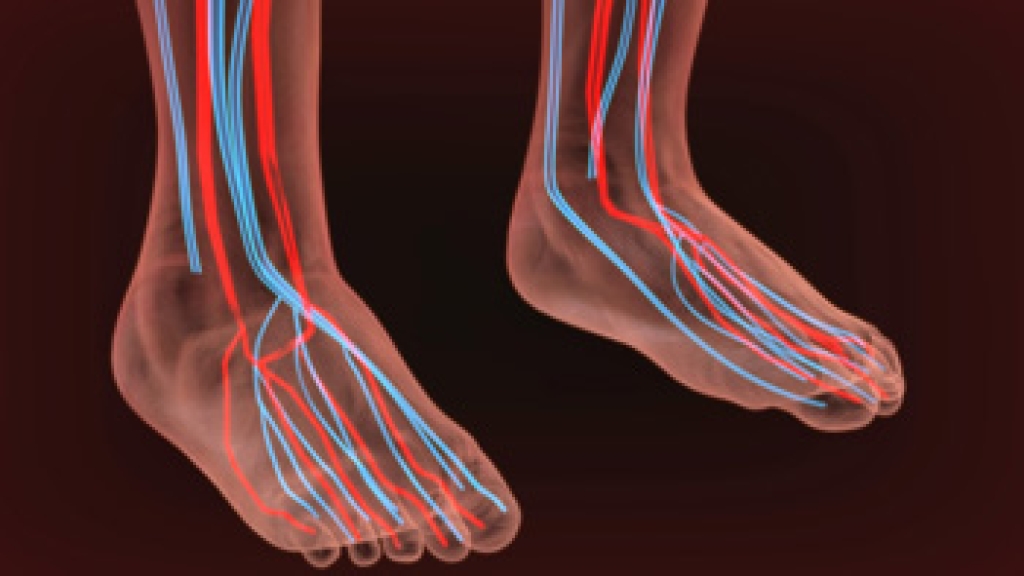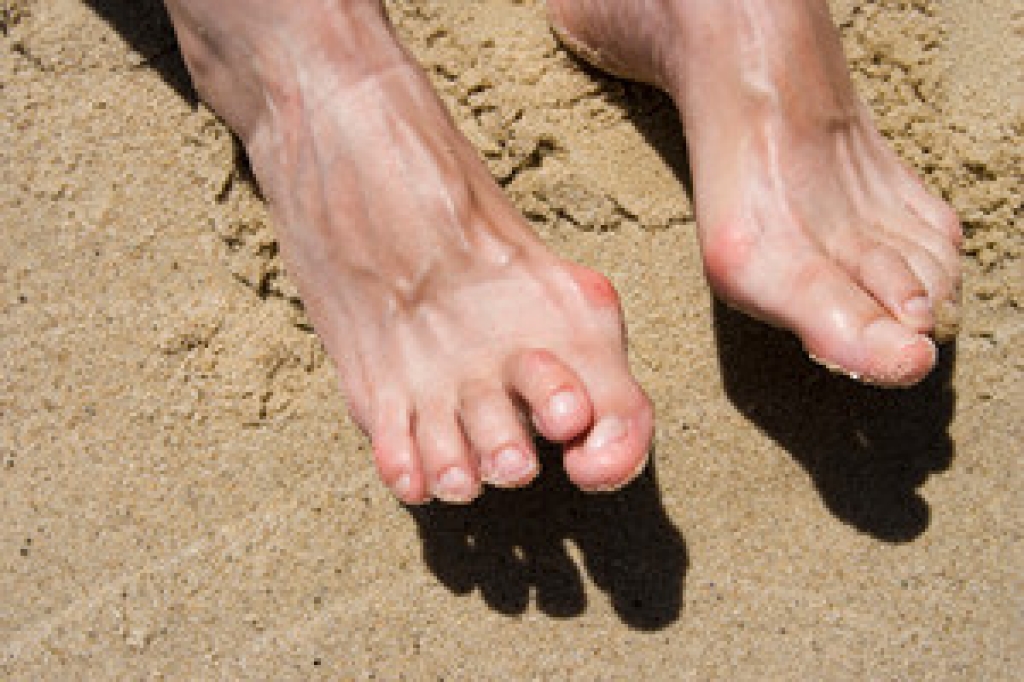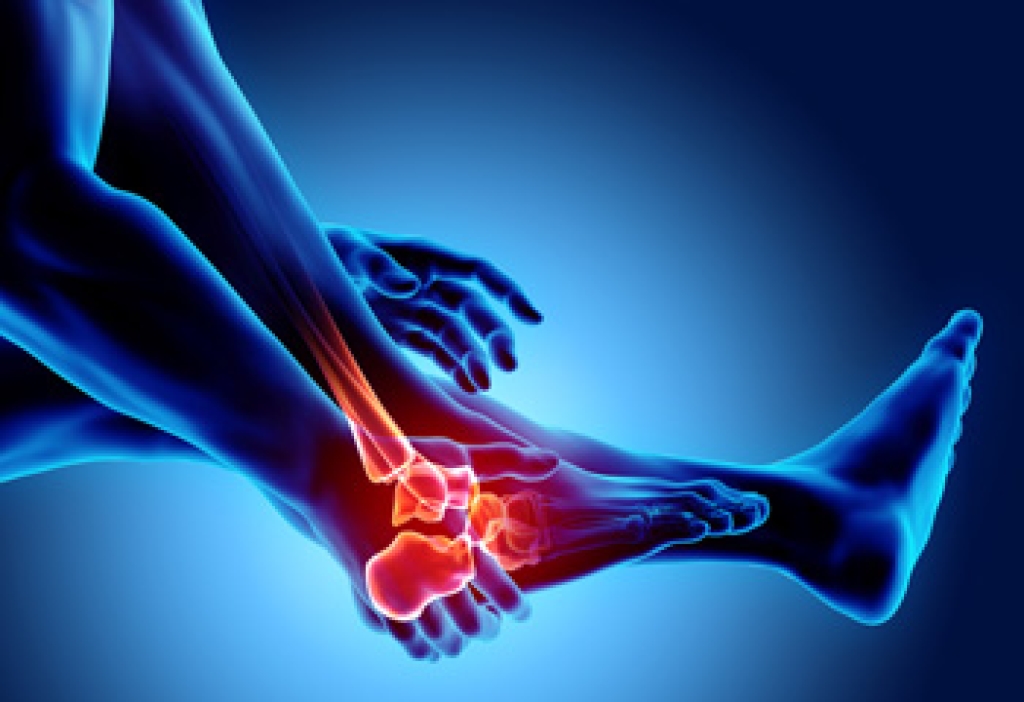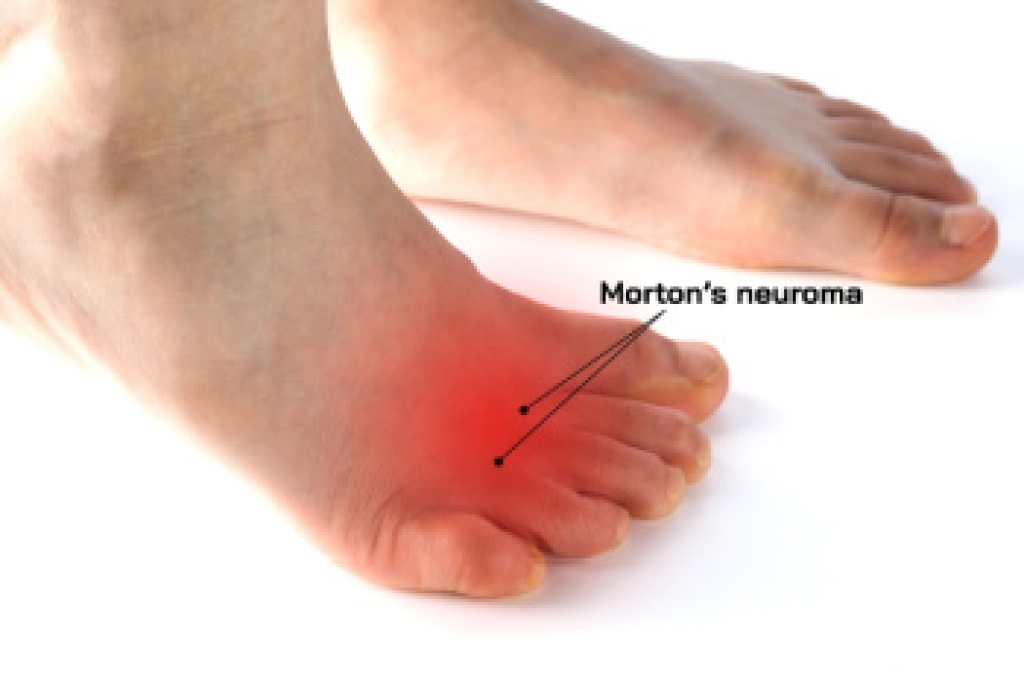 Raynaud’s syndrome is a condition which causes smaller arteries that supply blood to areas such as the skin of the toes to constrict in response to cold weather or stress. The constriction results in a temporary loss of blood flow to the affected areas, which may become cold, numb, or discolored. If you have Raynaud’s syndrome, it can be managed. Since cold temperatures are a known trigger of Raynaud’s, it is recommended that you protect your feet from the cold by wearing warm socks and shoes. Avoid wearing socks and shoes that are too tight, as these can further restrict your circulation. Regular exercise may improve circulation as well. For more information about managing Raynaud’s syndrome when it affects your feet, please consult with a podiatrist.
Raynaud’s syndrome is a condition which causes smaller arteries that supply blood to areas such as the skin of the toes to constrict in response to cold weather or stress. The constriction results in a temporary loss of blood flow to the affected areas, which may become cold, numb, or discolored. If you have Raynaud’s syndrome, it can be managed. Since cold temperatures are a known trigger of Raynaud’s, it is recommended that you protect your feet from the cold by wearing warm socks and shoes. Avoid wearing socks and shoes that are too tight, as these can further restrict your circulation. Regular exercise may improve circulation as well. For more information about managing Raynaud’s syndrome when it affects your feet, please consult with a podiatrist.
Poor circulation is a serious condition and needs immediate medical attention. If you have any concerns with poor circulation in your feet contact one of our podiatrists of Footcare Now. Our doctors will treat your foot and ankle needs.
Poor Circulation in the Feet
Poor blood circulation in the feet and legs is can be caused by peripheral artery disease (PAD), which is the result of a buildup of plaque in the arteries.
Plaque buildup or atherosclerosis results from excess calcium and cholesterol in the bloodstream. This can restrict the amount of blood which can flow through the arteries. Poor blood circulation in the feet and legs are sometimes caused by inflammation in the blood vessels, known as vasculitis.
Causes
Lack of oxygen and oxygen from poor blood circulation restricts muscle growth and development. It can also cause:
- Muscle pain, stiffness, or weakness
- Numbness or cramping in the legs
- Skin discoloration
- Slower nail & hair growth
- Erectile dysfunction
Those who have diabetes or smoke are at greatest risk for poor circulation, as are those who are over 50. If you have poor circulation in the feet and legs it may be caused by PAD and is important to make changes to your lifestyle in order to reduce risk of getting a heart attack or stroke. Exercise and maintaining a healthy lifestyle will dramatically improve conditions.
As always, see a podiatrist as he or she will assist in finding a regimen that suits you. A podiatrist can also prescribe you any needed medication.
If you have any questions, please feel free to contact our offices located in Elmhurst Jackson Heights, Astoria, Rego Park, and Forest Hills, NY . We offer the newest diagnostic and treatment technologies for all your foot care needs.




